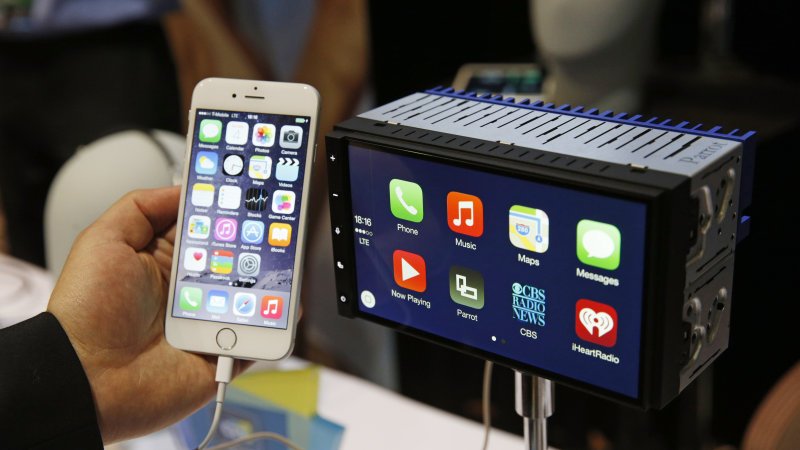Motorists Actually Don't Like a Lot of New in-Car Technology

J.D. Power says 20% of car owners have never used 16 of 33 new technology features available in their vehicles. Common features that go untouched include in-vehicle concierge services, mobile routers, automatic parking, head-up displays, and built-in apps. Concierge services were the least popular, with 43% of respondents saying they've never used them.
In many cases, it's not only that motorists are letting the features go unused, it's that they're specifically unwanted. Twenty percent of respondents say there are 14 tech features they do not want in their next vehicles, and some of those rejected features may come as a surprise.
The list includes Apple CarPlay and Android Auto, the current holy grails of infotainment features that have automakers tripping over themselves to quickly bring to the marketplace. Before dismissing the skeptical buyers as old fogey-types, know that it's Generation Y buyers who are most dismissive.
Looking at buyers born between 1977 and 1994, J.D. Power says the number of unwanted features rises to 23. Driver assistance and collision-avoidance technologies rank favorably on their lists, but connectivity options aren't nearly as popular. "We've been very focused as an industry on Generation Y for connectivity," said Kristin Kolodge, executive director of driver interaction and HMI research at J.D. Power. "And that comes out near the bottom of their wish list."
It's not that they don't want to stay connected behind the wheel. It's that they're really picky. Data indicates they're rejecting built-in connectivity options in favor of doing things the old-fashioned way – using their smartphones. "They're not seeing the value equation from a built-in perspective," Kolodge said.
That's disconcerting for the industry, which has spent billions in research and development of built-in connectivity systems, at least in part because certain features unsafe to use while the vehicle is in motion can be disabled. Perhaps the willingness of users to accept the risks of cell phone distractions explain the increased interest in safety features like adaptive cruise control and blind-spot warning. The findings piggy-back on earlier J.D. Power research released in April that reached similar conclusions about Generation Y and its use of automotive technology.
The company gathered results from driver experiences with in-vehicle technology features during the first 90 days of ownership. Analysts also found that car companies have a shorter window of time than previously anticipated in which car owners are willing to test new features. Because those first few weeks of ownership are so important, dealerships must play an active role in helping drivers get off to a smooth start in their new cars, Kolodge said.
"Customers are making their decisions with 30 days of delivery about which features they'll use going forward," she said. "That's why designing features for first-time ease of use is so important."
Related News


